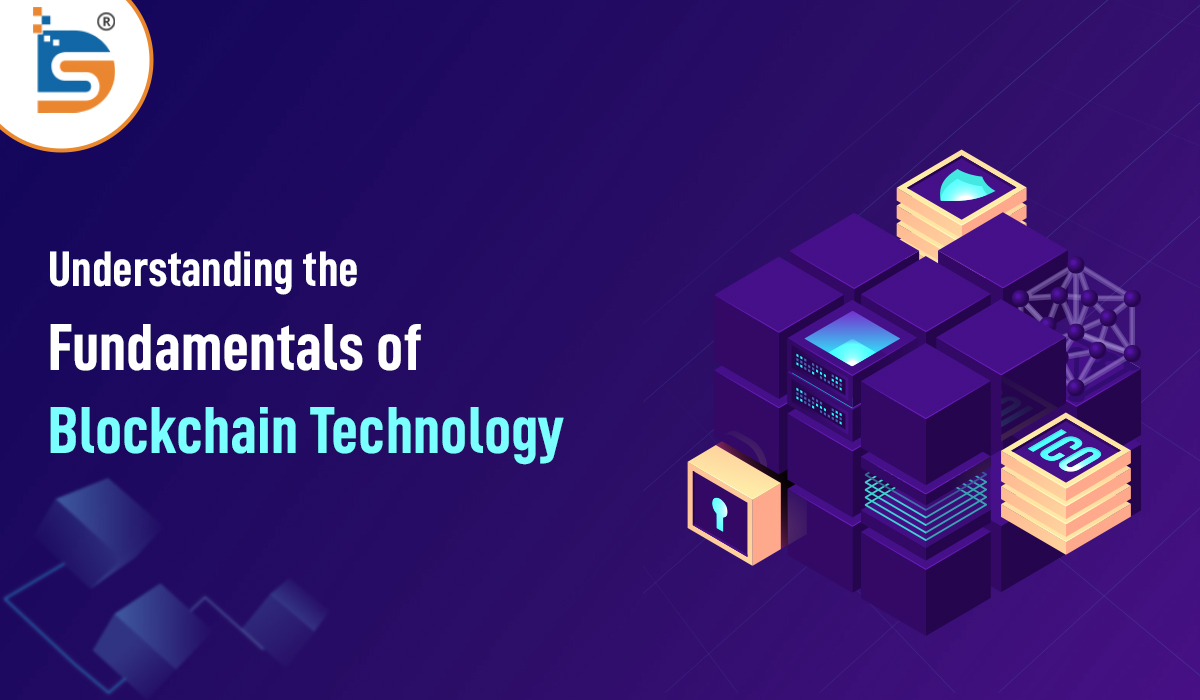Blockchain Beyond Cryptocurrency: A Full Guide

Strong 8k brings an ultra-HD IPTV experience to your living room and your pocket.
1. Introduction to Blockchain
Blockchain is a decentralized, distributed ledger technology that records transactions across many computers securely and transparently. Its defining features include:
✍️ Looking at ways blockchain can protect your data? Explore our post on blockchain security benefits and see how decentralization and encryption are redefining digital safety.
• Decentralization: No single entity has control over the entire network, reducing the risk of fraud.
• Immutability: Once recorded, transactions cannot be altered, ensuring data integrity.
• Transparency: Transactions are visible to all participants, fostering trust.
2. Key Components of Blockchain
• Blocks: Data structures that contain transaction information.
• Chain: A series of blocks linked together, ensuring chronological order.
• Nodes: Computers participating in the blockchain network that validate and store copies of the ledger.
• Consensus Mechanisms: Protocols used to achieve agreement on the state of the blockchain (e.g., Proof of Work, Proof of Stake).
3. Applications of Blockchain Beyond Cryptocurrency
a. Supply Chain Management
• Traceability: Blockchain can track the origin and journey of products, enhancing transparency and accountability.
• Fraud Prevention: By providing a secure record of transactions, blockchain reduces the risk of counterfeit goods.
b. Healthcare
• Patient Records: Blockchain can store medical records securely, ensuring patient privacy and easy access for authorized personnel.
• Drug Traceability: Ensures the authenticity of pharmaceuticals, reducing the risk of counterfeit drugs entering the supply chain.
c. Identity Verification
• Digital Identities: Blockchain can create secure, verifiable digital identities, reducing identity theft and fraud.
• KYC (Know Your Customer): Financial institutions can streamline KYC processes, improving compliance and customer onboarding.
d. Voting Systems
• Secure Voting: Blockchain can facilitate secure and transparent voting, reducing the risk of tampering and increasing voter trust.
• Auditability: Each vote can be tracked and audited, ensuring election integrity.
e. Real Estate
• Property Records: Blockchain can simplify property transactions by providing a secure, immutable record of ownership.
• Smart Contracts: Automate and enforce agreements, reducing the need for intermediaries in real estate transactions.
f. Intellectual Property
• Copyright Protection: Blockchain can securely register and track ownership of creative works, ensuring artists receive proper recognition and compensation.
• Licensing and Royalties: Automate royalty payments through smart contracts.
4. Advantages of Blockchain Technology
• Increased Security: Decentralized networks are less vulnerable to hacking and fraud.
• Cost Efficiency: Reduces the need for intermediaries, lowering transaction costs.
• Speed and Efficiency: Transactions can be processed quickly and transparently.
• Improved Data Integrity: Immutable records ensure that data remains accurate and trustworthy.
5. Challenges and Limitations
• Scalability: As blockchain networks grow, transaction speeds can slow down, making them less efficient for large-scale applications.
• Regulatory Uncertainty: Governments are still determining how to regulate blockchain technologies, leading to potential compliance challenges.
• Energy Consumption: Certain consensus mechanisms, like Proof of Work, can be energy-intensive and environmentally unfriendly.
• Interoperability: Different blockchain networks may not easily communicate with each other, limiting their utility.
6. Future of Blockchain Technology
• Innovation: Continued research and development are likely to lead to new applications and improvements in existing technologies.
• Integration: As blockchain matures, it may integrate more with traditional systems, enhancing operational efficiencies.
• Adoption: Businesses across various sectors are increasingly exploring blockchain for its potential to transform operations.
7. Conclusion
Blockchain technology has far-reaching implications beyond cryptocurrency, offering innovative solutions across multiple industries. Its ability to provide transparency, security, and efficiency makes it a powerful tool for addressing various challenges in today’s digital landscape. As technology continues to evolve, its adoption will likely grow, unlocking new possibilities for businesses and consumers alike.
You can also check our news and update on WBMirror, Allbusinessinsider, Futuretechmagazine & Flint de orient.
Note: IndiBlogHub features both user-submitted and editorial content. We do not verify third-party contributions. Read our Disclaimer and Privacy Policyfor details.







